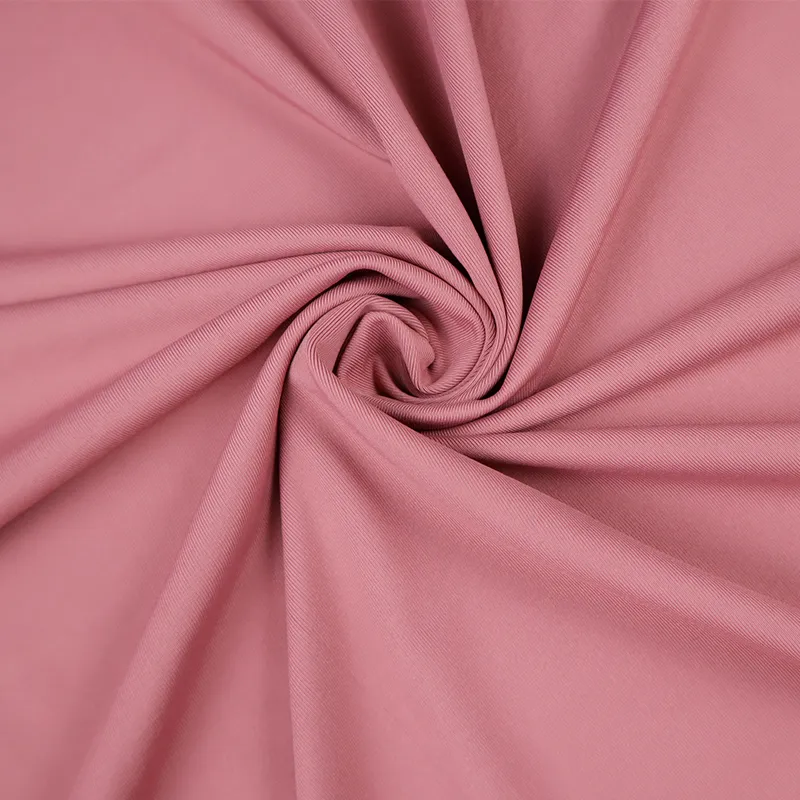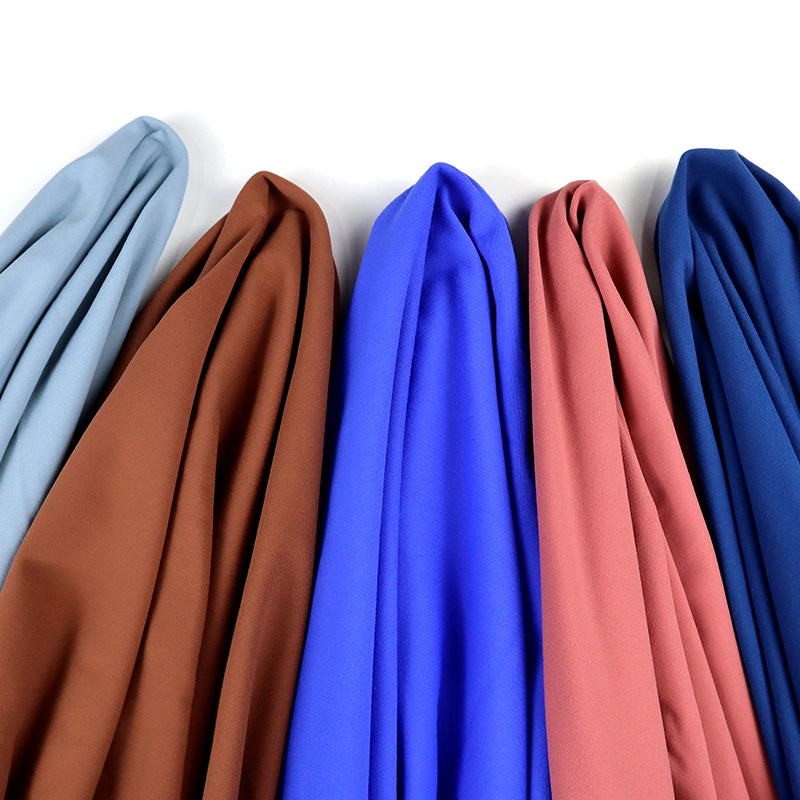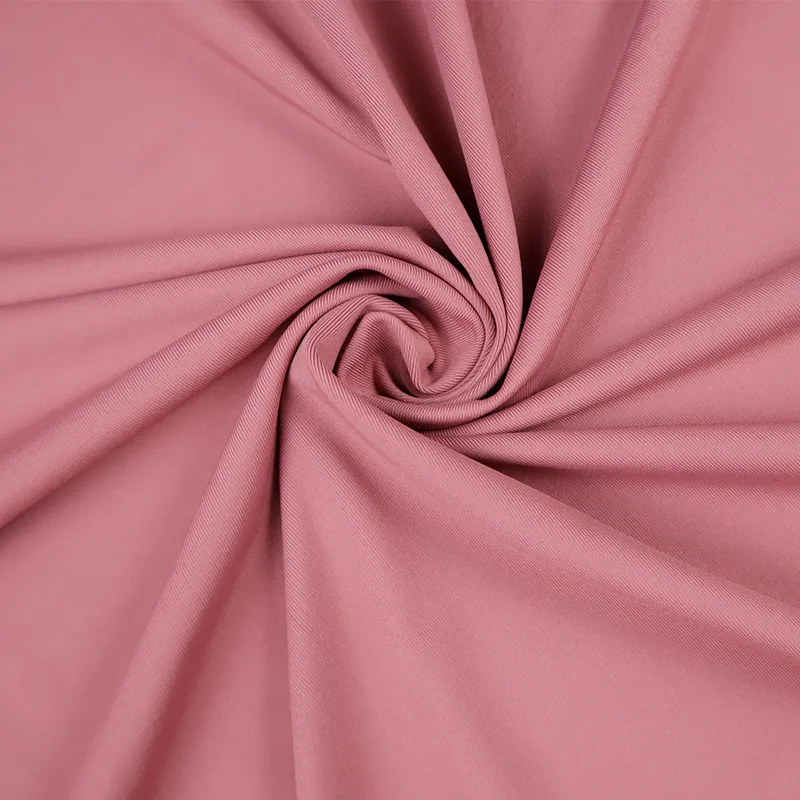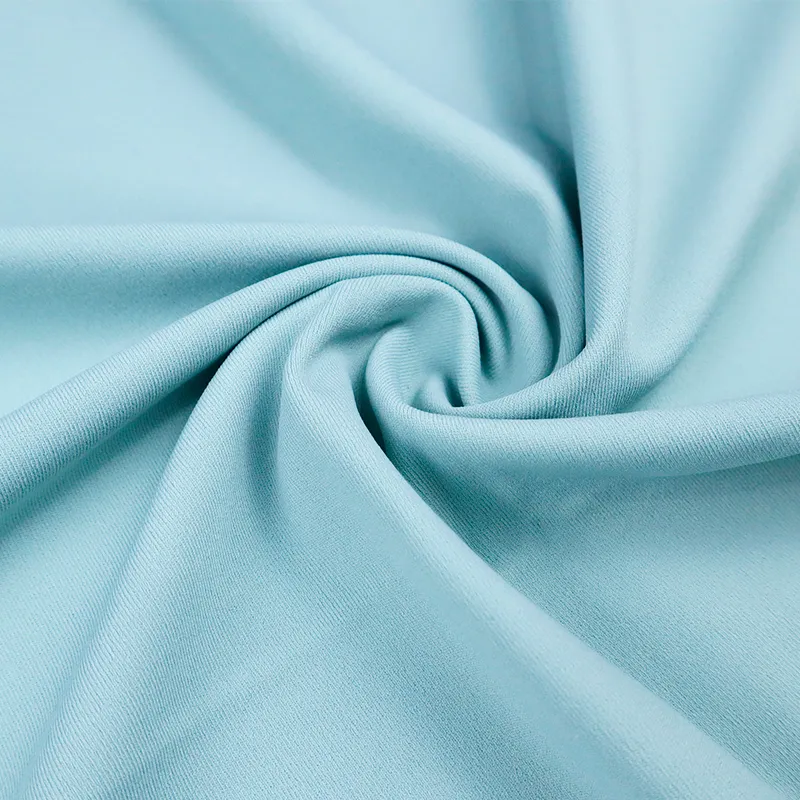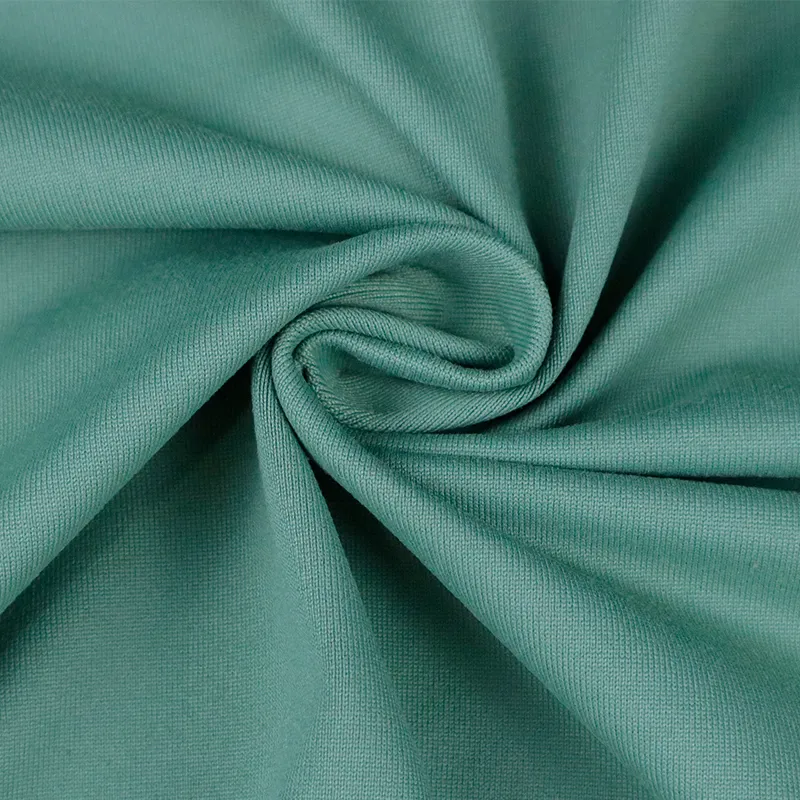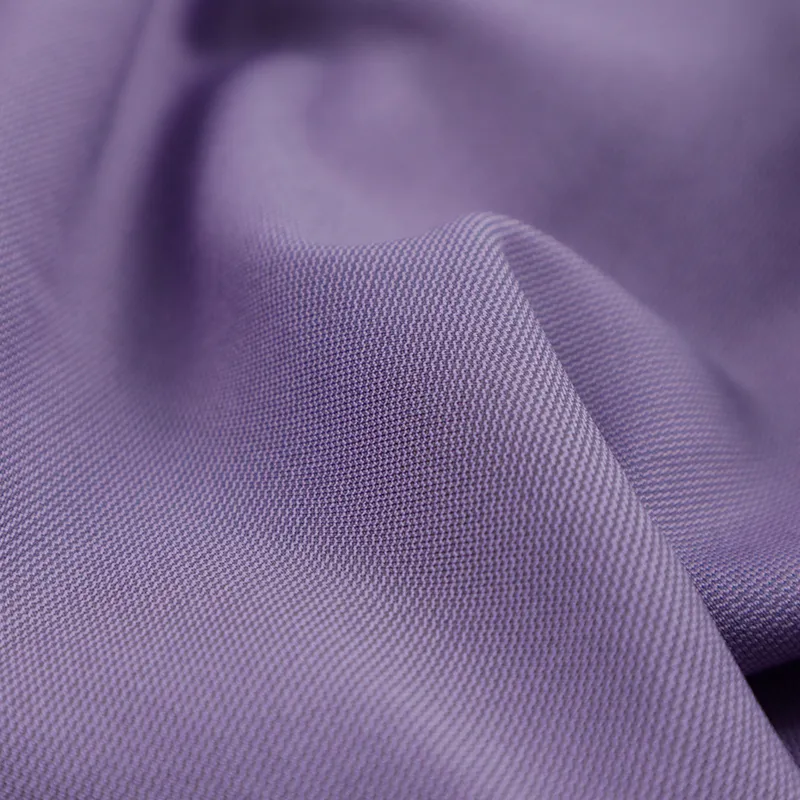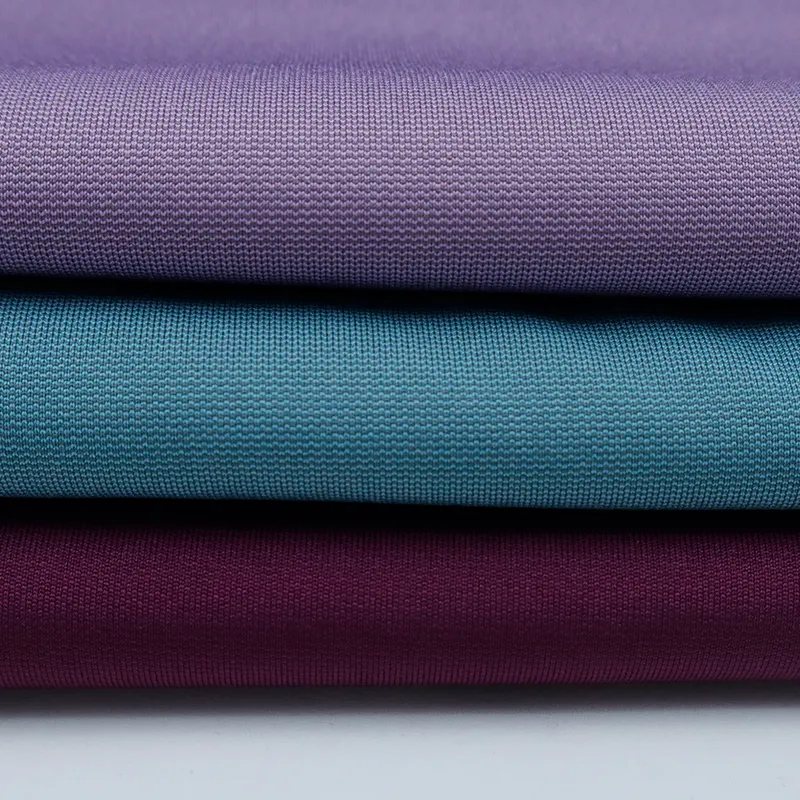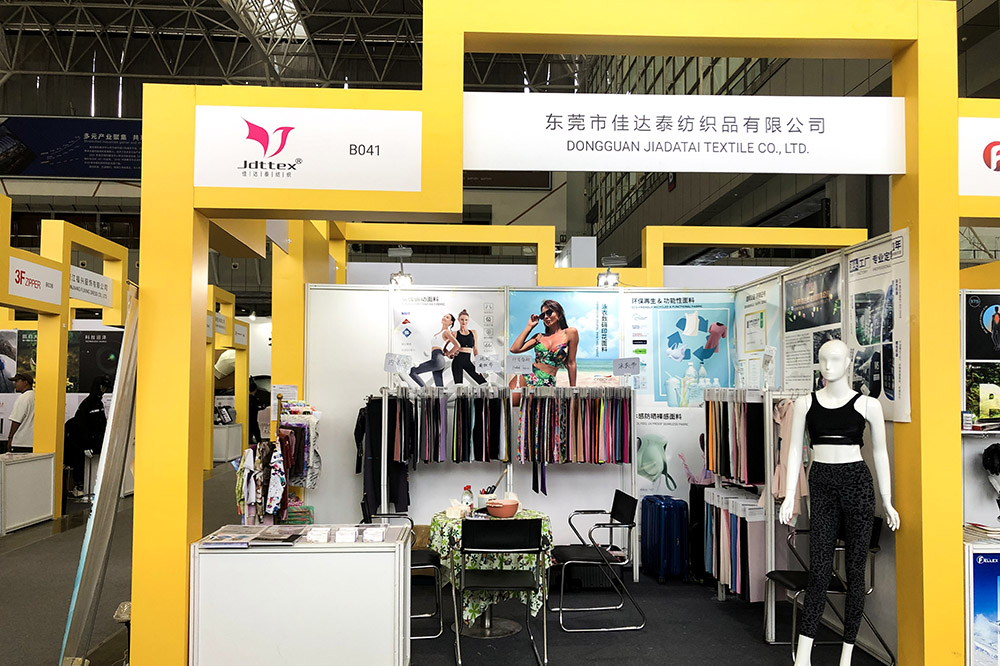
Sustainable Elastane Fabric Options: Meeting the Future Needs of Sportswear
As sustainability becomes an increasingly important factor in the sportswear industry, brands are seeking ways to reduce their environmental impact without compromising performance or comfort. One of the most promising solutions is the use of sustainable elastane fabric options, which combine the high-stretch, high-performance properties of elastane with recycled or eco-friendly fibers.
Understanding these options is crucial for sportswear decision-makers who want to offer products that meet both consumer expectations and sustainability standards.
The Challenge of Sustainability in Elastane Fabrics
Elastane, by nature, is a synthetic fiber derived from petrochemicals. While it provides exceptional stretch and recovery, traditional elastane is not biodegradable and contributes to environmental concerns.
However, the industry is innovating. By blending elastane with recycled nylon or recycled polyester, brands can maintain performance while reducing the ecological footprint of their products. These fabrics help sportswear companies align with growing consumer demand for environmentally responsible apparel.
Key Sustainable Options for Sportswear
-
Recycled Polyester + Elastane
-
Polyester is widely recycled from post-consumer plastic bottles (rPET).
-
When blended with elastane, it creates activewear that retains stretch, shape, and comfort.
-
Ideal for training tops, leggings, and casual activewear.
-
-
Recycled Nylon + Elastane
-
Recycled nylon comes from industrial waste or pre-consumer scraps.
-
Blended with elastane, it offers a luxury hand feel and excellent recovery for premium sportswear items like yoga wear and swimwear.
-
-
Bio-based Elastane Alternatives
-
Emerging technologies are producing elastane from renewable sources, reducing reliance on petrochemicals.
-
These fibers maintain performance characteristics while supporting sustainable brand initiatives.
-
Why Sustainable Fabrics Matter for Decision-Makers
-
Consumer expectations: Today’s activewear buyers are increasingly eco-conscious. Brands using sustainable fabrics can communicate their environmental responsibility and build loyalty.
-
Regulatory compliance: Some regions require reporting on environmental impact, and sustainable fabrics make compliance easier.
-
Brand differentiation: Offering eco-friendly high-performance garments positions brands as innovative leaders in the competitive sportswear market.
Common Questions from Sportswear Brands
-
Do recycled fabrics compromise stretch or comfort?
High-quality recycled polyester or nylon blended with elastane performs nearly identically to conventional fabrics, delivering the same elasticity, recovery, and hand feel. -
Are these fabrics certified?
Many recycled blends are GRS-certified (Global Recycled Standard) or OEKO-TEX-certified, ensuring both sustainability and safety for end consumers. -
Is it more expensive than conventional fabrics?
Sustainable fabrics may cost slightly more, but the added value in marketing, consumer trust, and brand positioning often outweighs the difference. -
Can they be used for premium and mid-range products alike?
Yes. Recycled nylon + elastane suits luxury yoga wear and swimwear, while recycled polyester + elastane fits mid-range activewear perfectly.
Faybric: Leading in Sustainable Elastane Fabrics
At Faybric, we are committed to sustainability without sacrificing performance. Our offerings include:
-
Recycled polyester + elastane fabrics for durable, everyday activewear.
-
Recycled nylon + elastane fabrics for premium yoga wear and swimwear.
-
Custom blends and certifications to meet brand requirements for GRS, OEKO-TEX, and other standards.
-
Consistent quality: Our fabrics maintain elasticity, color, and hand feel across large orders, ensuring production stability.
By partnering with Faybric, sportswear brands can offer products that are both eco-friendly and high-performing, giving them a competitive edge while supporting global sustainability initiatives.
Final Thoughts
Sustainable elastane fabrics are not just a trend—they represent the future of sportswear. By combining recycled or bio-based fibers with elastane, brands can maintain the performance, comfort, and stretch their customers expect while making responsible environmental choices.
For sportswear decision-makers, working with a reliable partner like Faybric ensures access to high-quality sustainable fabrics, expert guidance, and production consistency. With the right materials, brands can build eco-conscious collections that deliver both performance and purpose—meeting the demands of today’s consumers and tomorrow’s markets.













